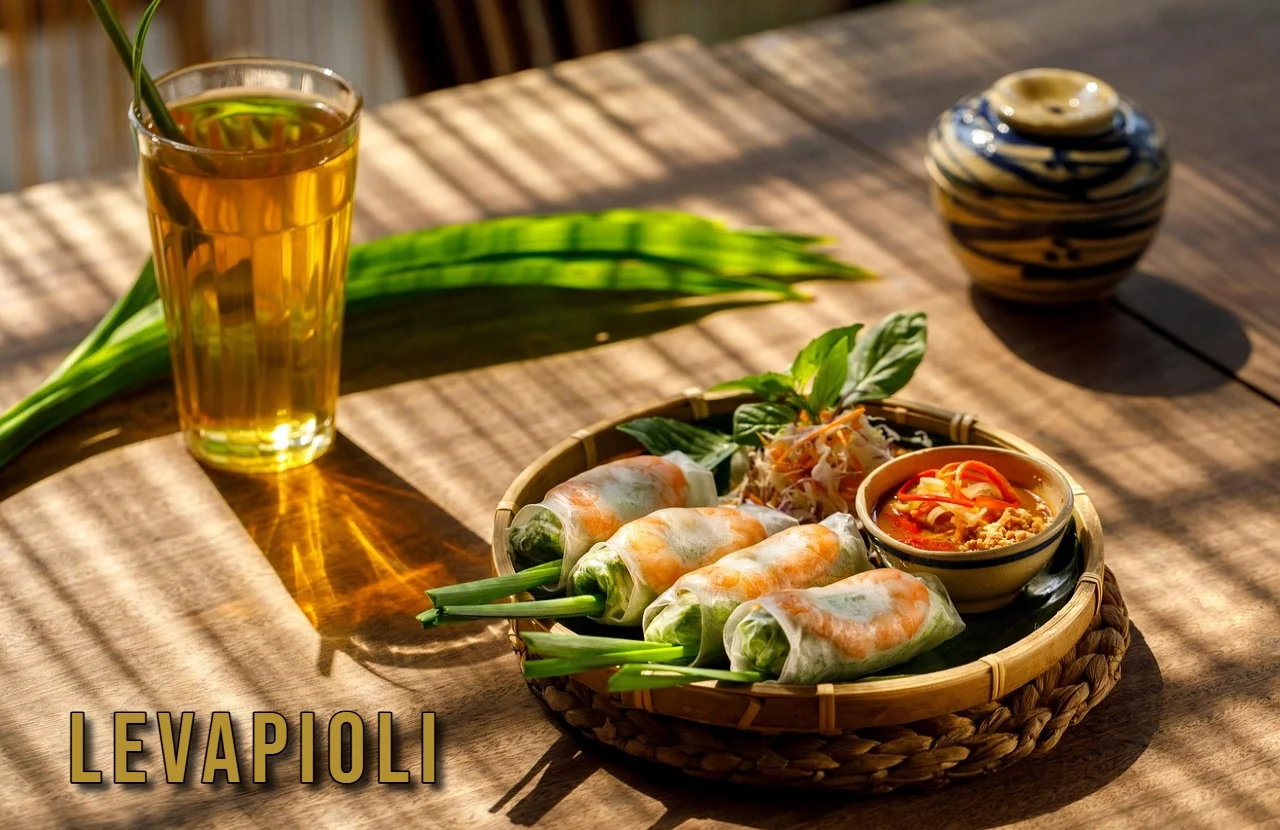Introduction to Levapioli
Levapioli is more than just a dish; it’s a cultural phenomenon, steeped in history and bursting with flavor. This tantalizing culinary delight has captured the hearts and stomachs of food lovers around the world. From its humble origins to its diverse modern variations, Levapioli tells a story of tradition, innovation, and rich gastronomic heritage.
Whether you’re an adventurous eater or simply curious about global cuisines, understanding Levapioli offers insights into the cultures that shaped it. Join us as we explore every delicious facet of this iconic dish from how it’s prepared to its place in contemporary dining trends. Get ready for a mouthwatering journey!
Origins and Spread of Levapioli
Levapioli has rich roots that trace back to the Balkans, where it was first enjoyed by local communities. This dish likely evolved from a blend of various cultural influences, showcasing regional spices and flavors. As travelers ventured through these lands, they carried their culinary traditions with them.
As populations migrated, so did Levapioli. It found its way into street food scenes across Europe and beyond. The savory delight quickly captured hearts and appetites in many countries.
Today, Levapioli can be found in numerous variations worldwide. Its adaptability speaks to its universal appeal while maintaining the essence of its origins—flavorful meat encased in warm bread.
Traditional Preparation and Serving of Levapioli
Traditional preparation of Levapioli is an art form steeped in history. Using finely minced meat, usually a mix of beef and lamb, the ingredients are seasoned with garlic, salt, and pepper. The blend is then shaped into cylindrical patties or sausages.
Cooking methods vary regionally; grilling over open flames imparts a smoky flavor that enhances the dish’s appeal. Some prefer pan-frying for a crispy texture on the outside while keeping it juicy inside.
Serving Levapioli involves pairing it with warm pita bread, fresh vegetables, and tangy sauces like ajvar or tzatziki. This combination creates an unforgettable culinary experience that celebrates its rich heritage.
Modern Interpretations and Variations of Levapioli
Modern chefs are reimagining Levapioli, blending traditional flavors with contemporary techniques. They experiment with different meats, incorporating lamb, chicken, or even plant-based proteins to cater to diverse palates. This innovation keeps the dish relevant and exciting.
Food trucks and pop-up restaurants have embraced these variations, offering unique twists like spicy aioli or gourmet toppings. These modern takes capture the essence of Levapioli while inviting culinary adventure.
Fusion cuisine is also making its mark; think Levapioli tacos or sliders that reflect global influences. Such adaptations showcase how this beloved dish can transcend cultural boundaries while remaining rooted in its rich heritage.
Exploring Culinary Diversity of Levapioli
Levapioli showcases a vibrant culinary diversity that reflects the regions it hails from. Each area adds its unique twist, whether through spices or cooking methods. This adaptability has allowed Levapioli to flourish in various cultures.
In the Balkans, you might find Levapioli seasoned with paprika and garlic, creating a rich flavor profile. Meanwhile, Mediterranean interpretations often incorporate fresh herbs like parsley and mint for added zest.
Street vendors serve these delights as quick bites alongside savory condiments. Restaurants elevate them into gourmet dishes accompanied by artisanal sides, illustrating how Levapioli can cater to all tastes while celebrating its roots through diverse adaptations.
Challenges and Myths Associated with Levapioli
Levapioli, while beloved, faces numerous challenges that affect its reputation. One common myth is that it’s just another kebab variant. In reality, Levapioli boasts a unique blend of spices and preparation methods distinct to its cultural roots.
Another misconception involves the ingredients. Many believe it must include beef exclusively; however, variations with pork and lamb are equally authentic. This diversity reflects regional preferences across the Balkans.
Additionally, some enthusiasts argue that Levapioli should only be enjoyed in traditional settings. Yet, modern interpretations have brought this delightful dish into contemporary cuisine without compromising its essence or flavor profile.
The Future of Levapioli in Culinary Trends
Levapioli is poised for a vibrant future in culinary trends. As food enthusiasts seek authentic experiences, this traditional dish stands out with its rich history and flavor profiles. The growing interest in regional cuisines creates an ideal platform for Levapioli’s revival.
Sustainability also plays a role in shaping its evolution. Chefs are now exploring local ingredients to create innovative versions that honor authenticity while prioritizing eco-friendly practices. This trend aligns perfectly with the modern palate’s demand for freshness and quality.
As fusion cuisine continues to rise, Levapioli can seamlessly blend with other global flavors, creating unique interpretations that cater to diverse tastes. Its versatility ensures it will remain relevant in kitchens around the world.
Leveraging the Culinary Appeal of Levapioli in Global Cuisine
Levapioli is making waves in the culinary world, captivating chefs and food enthusiasts alike. Its rich flavors and unique textures lend themselves to endless creativity. From gourmet restaurants to street food stalls, Levapioli’s versatility allows it to shine in various settings.
Incorporating Levapioli into fusion dishes can elevate traditional recipes, creating exciting new experiences for diners. Imagine a Levapioli taco or even a Mediterranean-inspired sandwich; the possibilities are limitless.
As global cuisines continue to intertwine, Levapioli stands out as an adaptable ingredient that brings authenticity while inviting innovation. This charm positions it perfectly within trendy culinary landscapes around the world, appealing to adventurous palates everywhere.
Exploring Visual Concepts and Trends in Levapioli Designs
Levapioli designs are a feast for the eyes as much as they are for the palate. The typical presentation showcases vibrant colors, with grilled meats nestled in fresh pita or flatbreads alongside an array of colorful toppings like onions and tomatoes.
Food styling has also embraced Levapioli, featuring artistic plating techniques that enhance its appeal. Chefs experiment with garnishes and sauces to create visually striking dishes.
Social media platforms have further popularized these visual trends. Stunning photos of Levapioli flood feeds, inspiring home cooks and restaurants alike to elevate their presentations while celebrating this beloved dish’s rich heritage.
Conclusion
Levapioli stands as a vibrant testament to culinary artistry, rich tradition, and cultural fusion. Its history reflects the journeys of people across time and geography. As it continues to evolve in modern kitchens worldwide, new interpretations breathe fresh life into this classic dish.
The challenges surrounding Levapioli whether myths or misconceptions offer opportunities for education and appreciation within diverse communities. This dish not only tantalizes taste buds but also fosters connections among cultures.
As we witness the rise of global cuisine trends, Levapioli’s unique flavors are set to shine brighter than ever. The blend of spices, meats, and preparation styles invites endless creativity in both home cooking and professional kitchens alike. Whether you’re a seasoned chef or an enthusiastic food lover, embracing Levapioli opens doors to exciting culinary adventures that celebrate its beautiful legacy while paving the way for future innovations.

